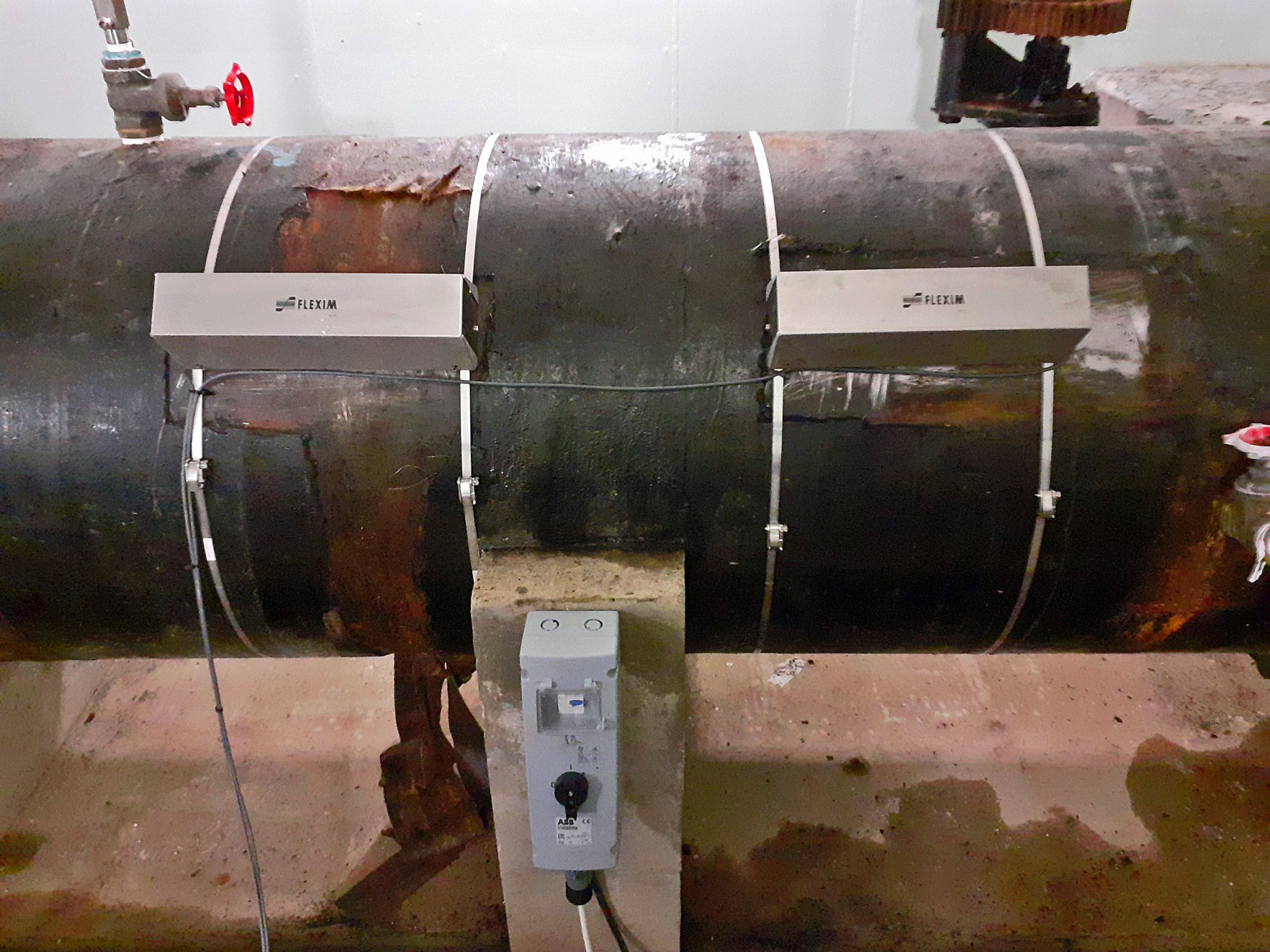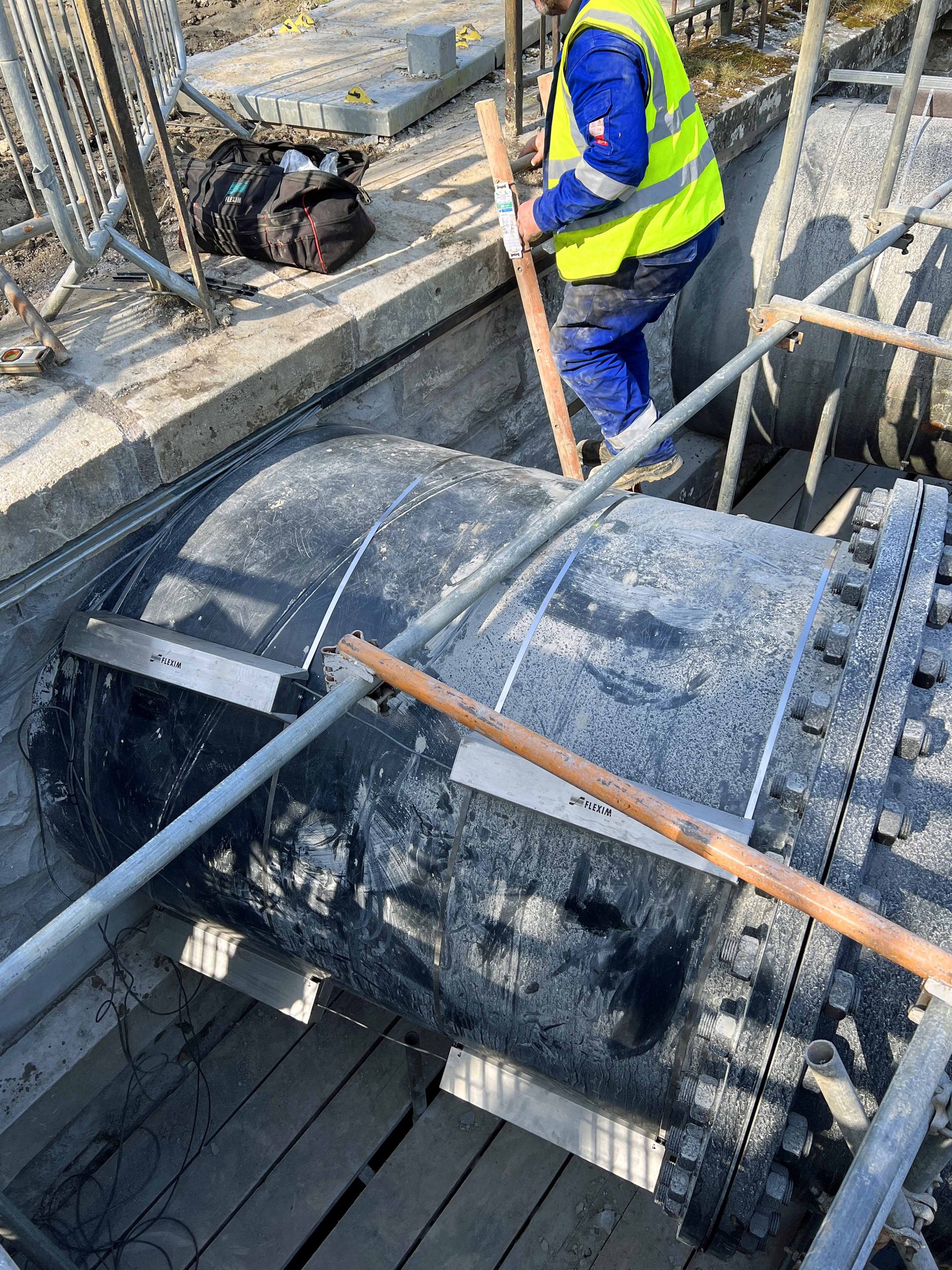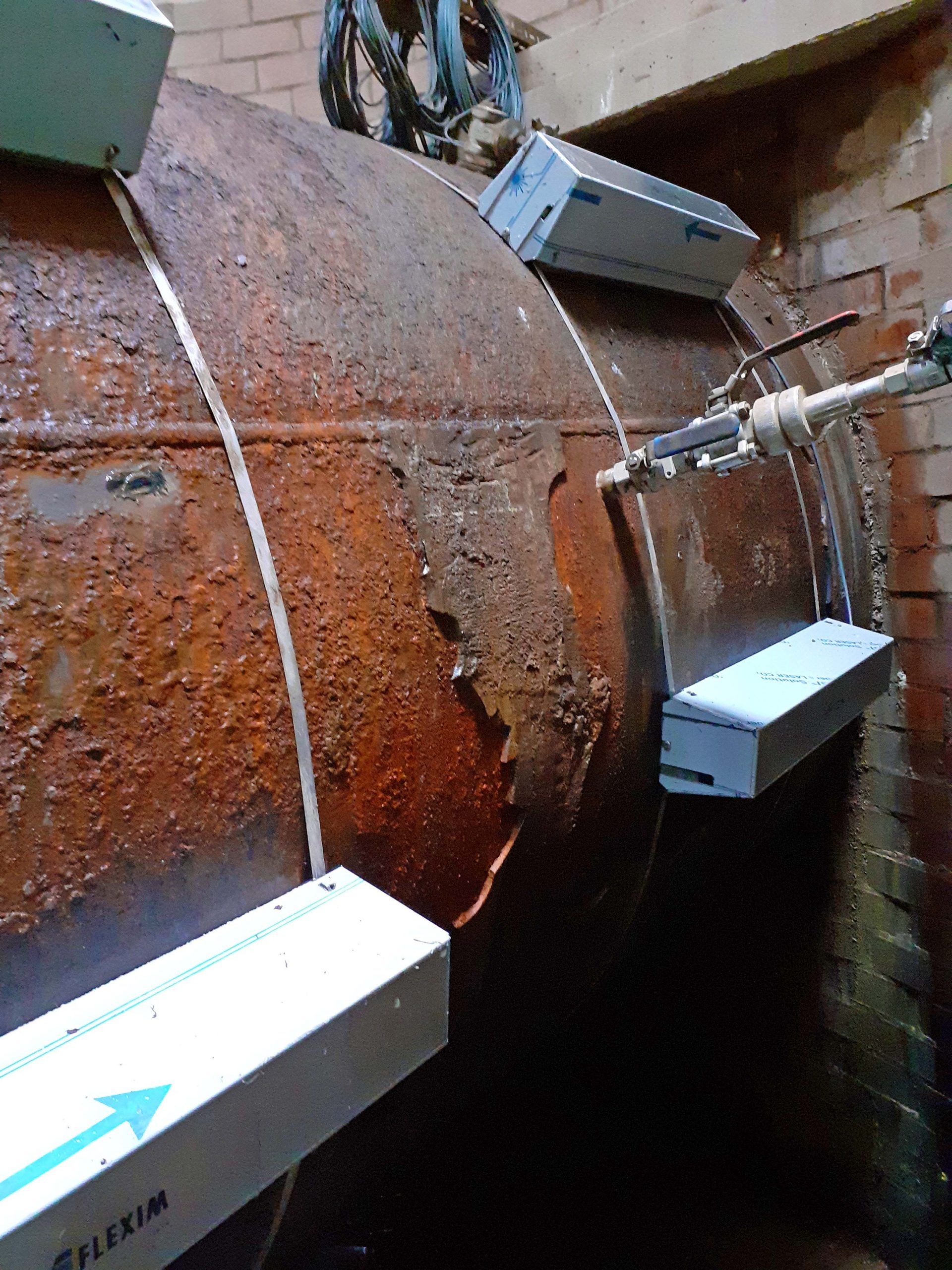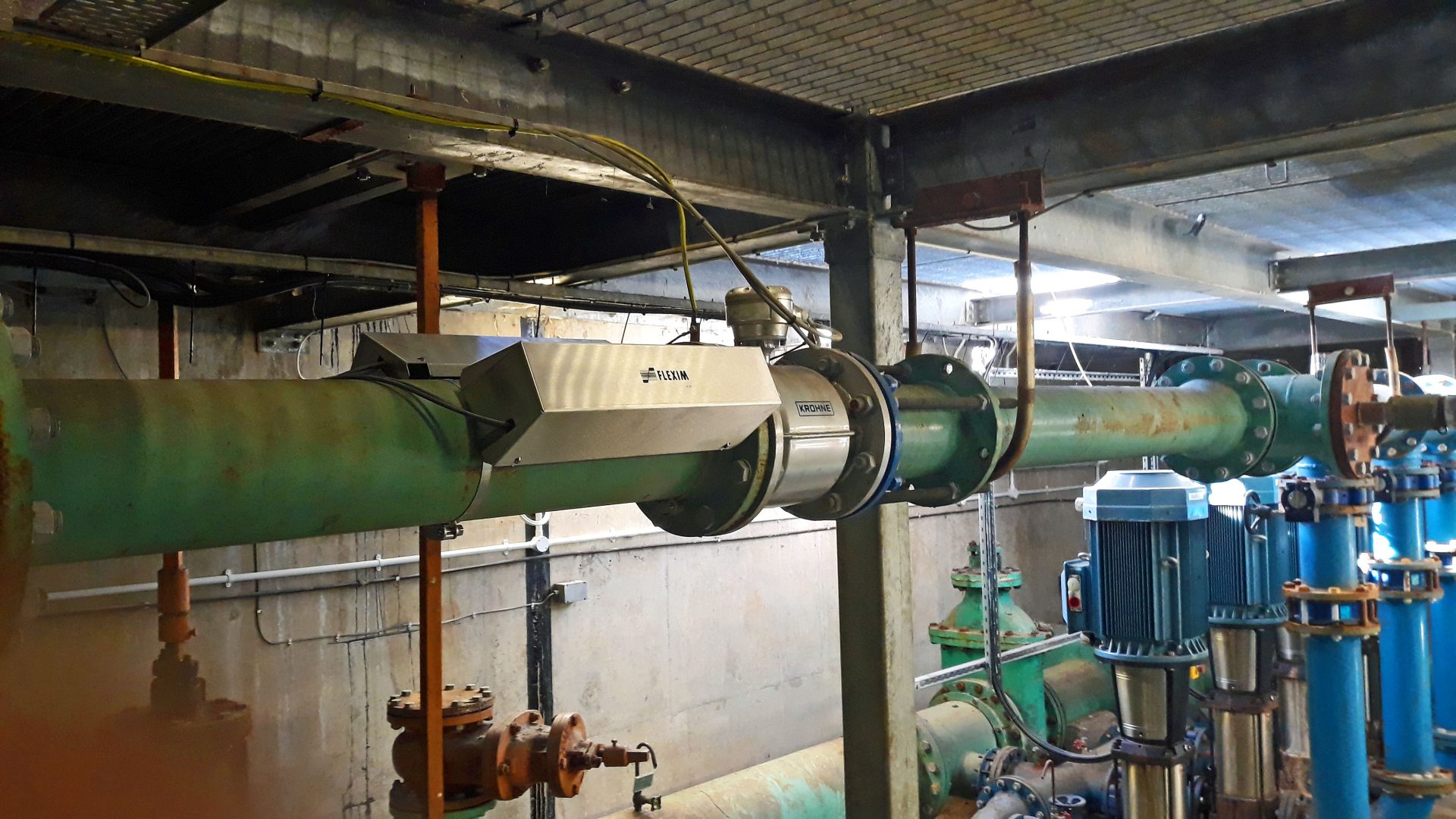2025 is the deadline for water companies in England and Wales to meet their PR19 Outcome Delivery Incentives during AMP7, needing on average to reduce leakage by 16% and supply interruptions by 41%.
Until now, water companies have tended to focus on smaller diameter District Metered Area (DMA) pipelines for leak detection and fixes. Nevertheless, it is possible that far more significant leaks will be experienced from the larger distribution trunk main pipelines that primarily supply water abstracted from the environment.
It’s impossible to effectively manage leakage if you’re reliant on outdated or unproven network flow models. And more often than not, there’s no existing flow measurement available where you need it, when you need it. That’s where real-time dynamic data from in-situ flow meters comes into its own.
The problem of escalating costs.
When potable drinking water is extracted from places like rivers, aquifer bore holes and reservoirs, it is usually delivered via large diameter pipes carrying the Distribution Input (DI) raw water to the treatment plant where the water is then treated and disinfected. The water is pumped to the local distribution system through a network of large diameter trunk mains before splitting into smaller diameter DMA pipes.
Traditionally, large diameter trunk main pipes meant that very expensive inline flow measuring systems were needed, comprising large diameter electro-magnetic flowmeters, bypass lengths of pipeline, expensive large bore isolation valves and substantial civil costs to create underground chambers of sufficient size to house everything. Such projects can rapidly escalate to hundreds of thousands of pounds in costs.

There is a cost-effective alternative.
Thankfully, not only do FLEXIM FLUXUS WD Series clamp-on ultrasonic flow meters cost significantly less than their large diameter inline counterparts, but they can also be retrofitted during normal operation, without any interruption to supply. And a huge additional benefit is that the considerable extra cost of civil engineering work and pipework modification is also eliminated.
A truly simple retrofit
When replacement work is needed for failed inline meters, water companies utilising reservoir water sources often struggle to shut off supply to the network. This is when the retrofit of a FLEXIM WD meter is a truly simple solution. Sized appropriate to the pipe type and condition, transducers are securely fixed to the pipe with 304ss or 316ss fittings, depending on the installed environment. In fact, they’re so secure you can even stand on them without decoupling transducers from the pipe.
Preventing potentially catastrophic leakage with virtually maintenance-free meters.


It’s an unfortunate fact that extensive large diameter trunk main networks have the potential for devastating leakage events. Network modelling can help, but real-time dynamic metering at point of flow is a much better solution. FLEXIM Fluxus WD Series meters are already installed on significant water aqueduct pipelines supplying raw water to treatment works at some of the UK’s major cities. Once fitted, with no measuring parts within the flow stream, the meters are essentially maintenance-free and are easy to check via Advanced Meter Verification™ software at set intervals.
FLEXIM worked with one major UK water operator, where Distribution Input (DI) flow within 2 pipes, 1.8m and 1.5m diameter was of such crucial importance to an important urban area, it was agreed that for peace-of-mind, the improved uncertainty of 4-channel metering per pipe was justified to deliver the best possible leakage detection.



